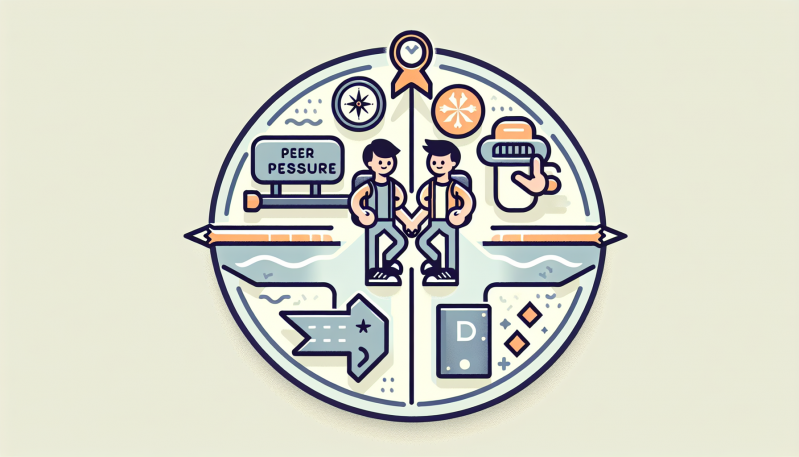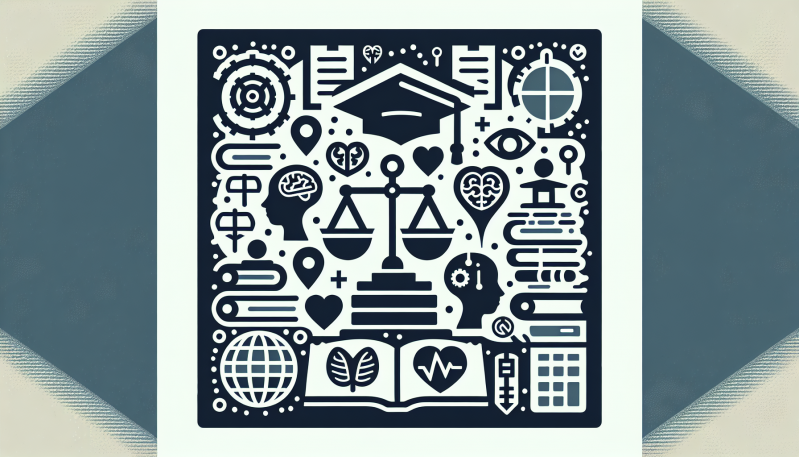Peer pressure is an omnipresent force in the hallways and classrooms of our schools, one that stealthily shapes the contours of children’s daily experiences. Far from being a simple matter of childhood dynamics, peer pressure has the potential to act as a crucible for both adversity and growth. Today’s interconnected world, where the reach of social media extends well beyond the schoolyard, has both magnified the influence of peers and introduced new challenges in the social lives of children. Amid these currents, the question arises: How can we equip our young people with the fortitude to navigate these turbulent waters?
In this deep dive into the modern dynamics of peer pressure, we will unmask both its overt and subtle forms and their implications for mental health. It is noteworthy that peer pressure can range from explicit challenges to fit in—such as pressure to engage in certain behaviors or adopt specific styles—to more insidious forms, such as the silent reshaping of personal values to align with group norms.
Educators, parents, and mental health advocates have a pivotal role to play in countering these pressures. By fostering an environment that embraces social-emotional learning (SEL), we can imbue our children with the skills necessary to understand and manage emotions, set positive goals, show empathy for others, maintain positive relationships, and make responsible decisions. SEL programs can be a lifeline for children, providing them with an anchor against the tide of peer influence.
Specific strategies can be transformative. For instance, encouraging open dialogue about peer pressure and its effects helps demystify the challenges children face. Role-playing scenarios equip them with practical responses to peer pressure, while the cultivation of self-awareness builds an intrinsic compass for decision-making. Moreover, creating inclusive school cultures, where diversity and individuality are celebrated rather than suppressed, lays the groundwork for an environment where peer pressure is less likely to thrive.
The integration of case studies into curricula can serve as powerful tools for reflection and discussion. When students see real-life examples of peers who have successfully navigated similar challenges, they are more likely to believe in their own capacity to do so. Celebrating stories of diversity and resilience helps paint an aspirational picture of what is possible when one stands firm in their values.
To transform peer pressure into an impetus for positive growth and embrace diversity, we must act collectively. By equipping children with the strategies outlined in this article, we can empower them to forge authentic friendships, stand firm in their moral compass, and navigate social complexities with confidence, empathy, and kindness. The journey to combat the negative effects of peer pressure is not a solitary one; it is a communal endeavor that requires the investment of all stakeholders in a child’s education. Join us as we pave the path toward resilience and positive peer interactions in our schools.


